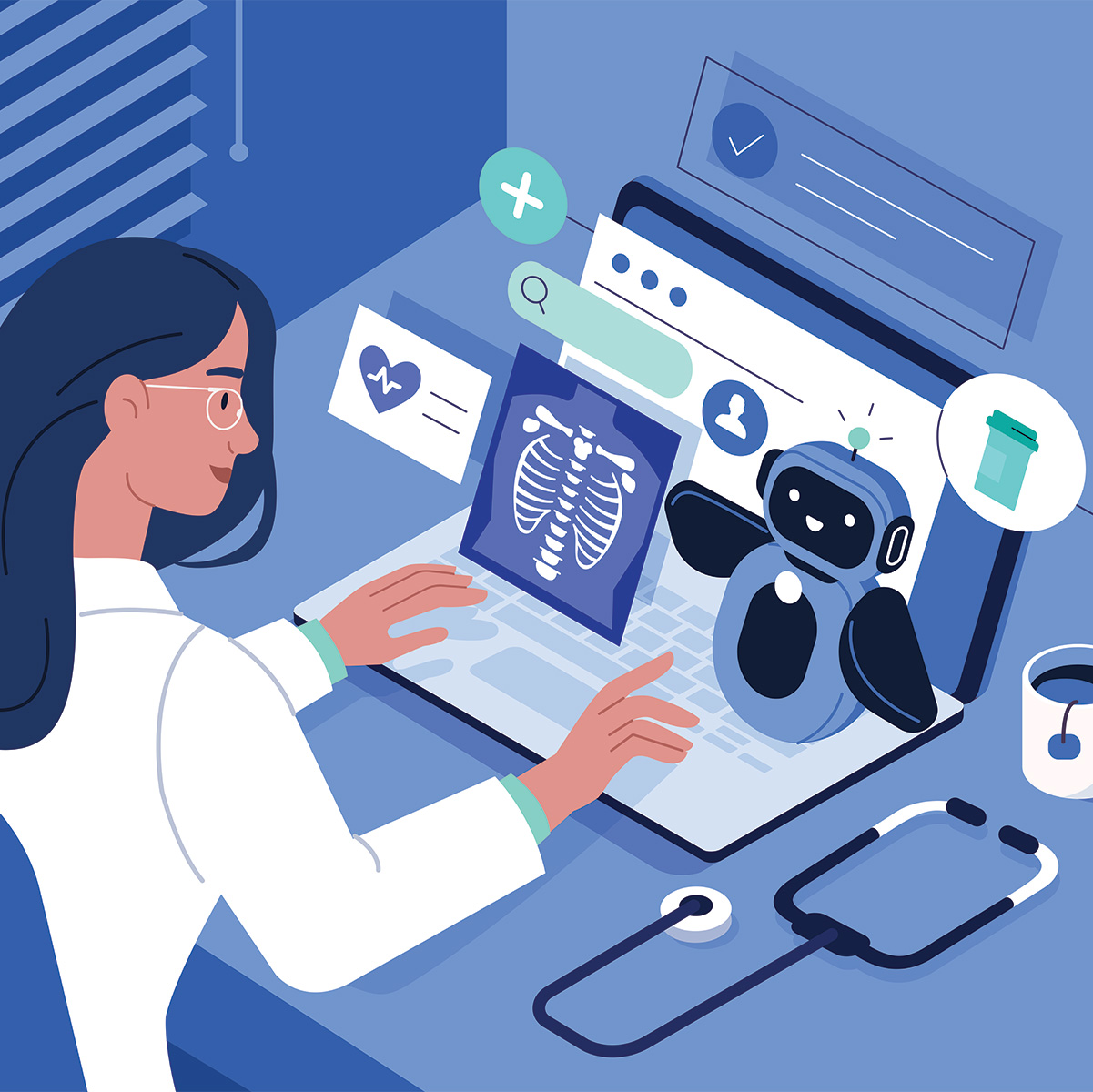The Role of Artificial Intelligence for the Application of Integrating Electronic Health Records and Patient-Generated Data in Clinical Decision Support
This narrative review explores how artificial intelligence (AI) can enhance clinical decision-making by integrating Electronic Health Records (EHRs) with Patient-Generated Health Data (PGHD). PGHD includes data such as symptoms, medical history, biometric info, and lifestyle data collected by patients or caregivers.
Key Benefits of EHR-Integrated PGHD with AI
-
- Improved Clinical Decision Support (CDS):
-
-
- Enables better diagnosis, risk classification, and personalized care.
- Reduces unnecessary clinical visits and hospital admissions.
- Empowers shared decision-making between patients and providers.
-
-
- AI’s Roles in Integration:
-
-
- Automates documentation, coding, and workflows.
- Extracts insights through predictive modeling and machine learning.
- Enhances diagnostic accuracy and tailors treatment options.
-
-
- Applications in Practice:
-
-
- Administrative: Auto-fill, coding assistance.
- Clinical Management: Treatment reminders, holistic patient views.
- Diagnostics: Risk detection using NLP and image recognition.
- Patient Support: Personalized health insights and tracking.
- Cost Containment: Reduces duplicative testing and provider workload.
- Workflow Improvement: Enhances data access and reduces manual tasks.
-
-
- Improved Clinical Decision Support (CDS):
Challenges Identified
-
-
- Data Overload: Massive volume of PGHD and EHR requires robust storage and processing.
- Interoperability: Lack of standardized formats for data exchange.
- Privacy/Security: Inconsistent safeguards for PGHD vs. traditional medical data.
- Data Quality: Variability in PGHD accuracy (e.g., consumer vs clinical devices).
- Equity: AI must avoid bias and support all patient populations fairly.
-
Recommendations
-
-
- Use AI-assisted patient matching and data cleaning tools.
- Implement API standards like FHIR and SMART on FHIR for seamless integration.
- Promote biometric authentication and secure data access.
- Apply machine learning and deep learning to develop actionable clinical insights.
-
Conclusion
AI-powered integration of EHRs with PGHD can revolutionize clinical decision support by offering a more complete and real-time view of patient health. While promising, challenges around standardization, privacy, and equity must be addressed. Further research and system-wide efforts are needed to support adoption and optimize outcomes.
